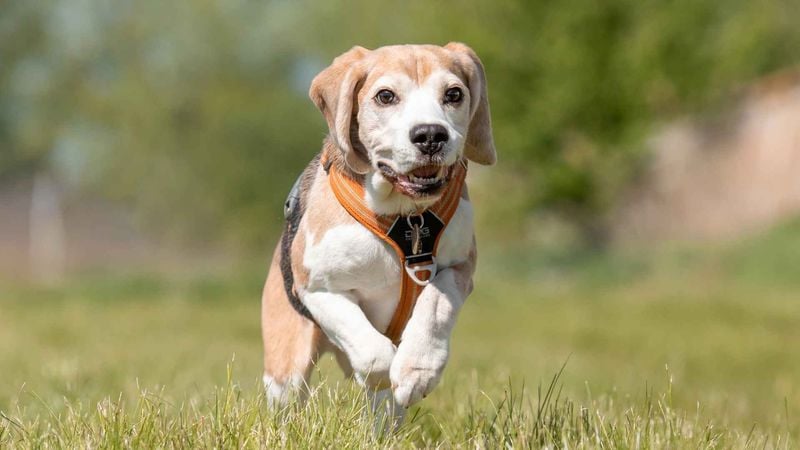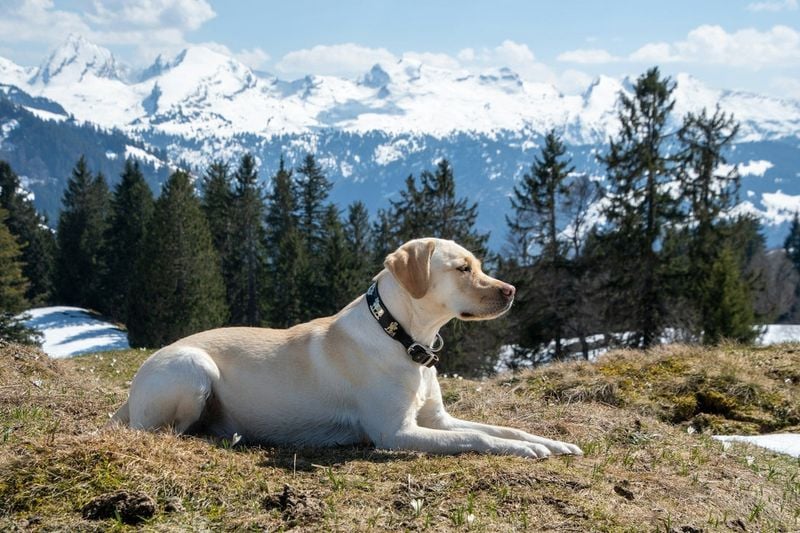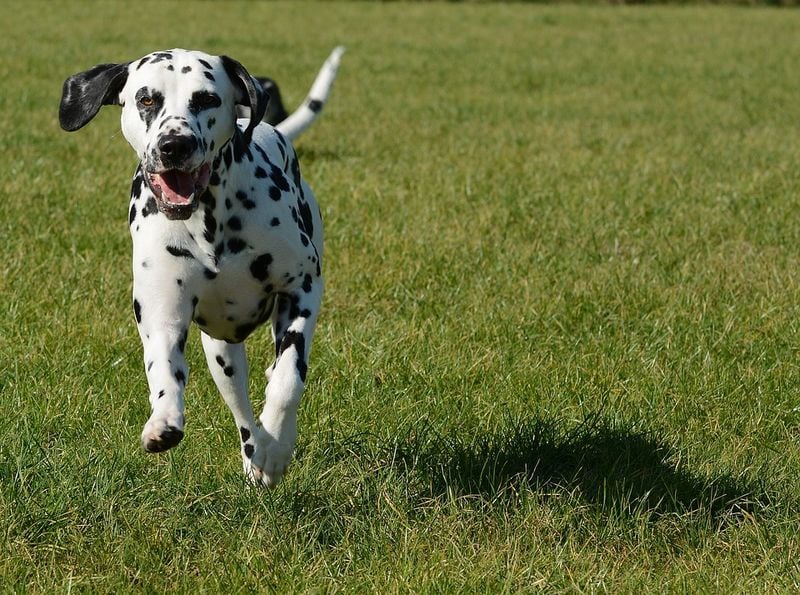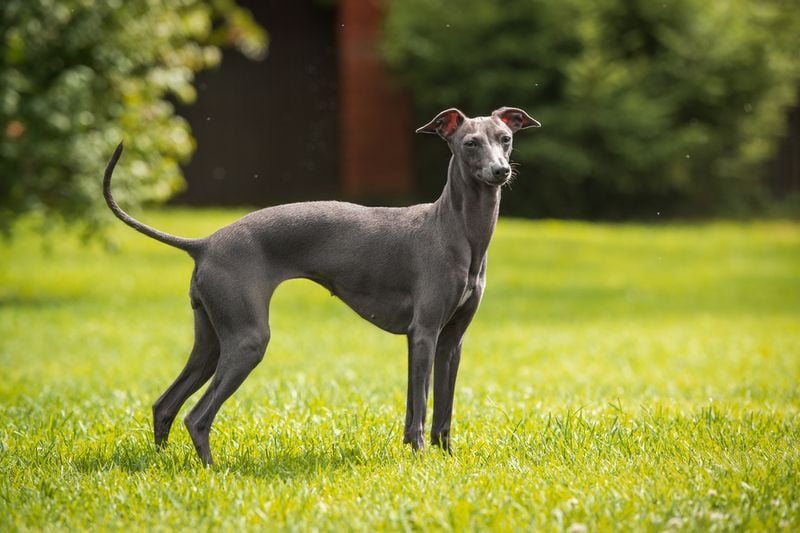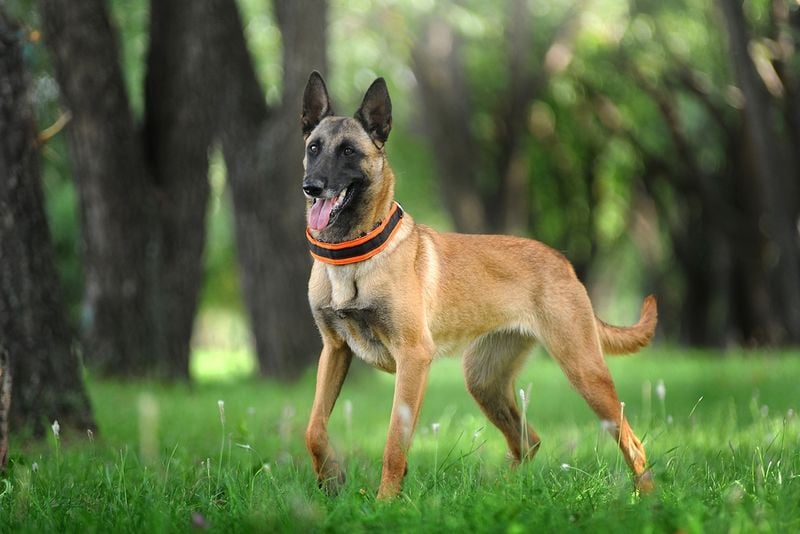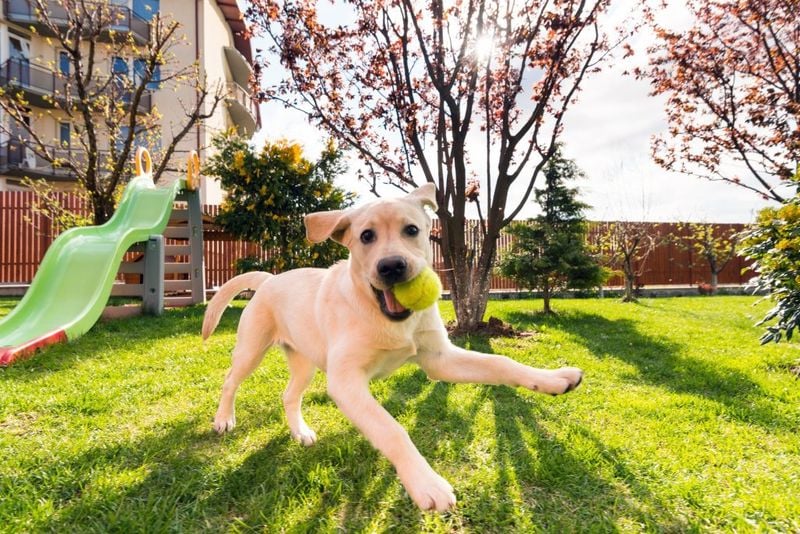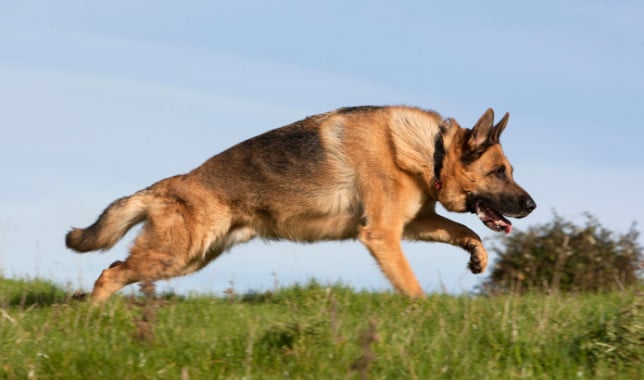15 Dog Breeds Most Likely to Run Away—Is Yours on the List?
Ever turned your back for a second only to find your furry friend has vanished without a trace? You’re not alone. Some dogs are born adventurers—natural explorers who treat boundaries as mere suggestions. Whether it’s the thrill of the chase, an enticing scent trail, or just good old-fashioned curiosity, certain breeds are far more likely to go rogue when the opportunity strikes.
While no pup is immune to the occasional wanderlust, some are practically escape artists, ready to bolt through open doors, dig under fences, or hop a gate in the blink of an eye. This tendency isn’t about disobedience—it’s often a mix of genetics, instincts, and sheer energy. Breeds developed for hunting, herding, or guarding vast territories tend to be the most notorious runners.
If you’re considering adding a dog to your family—or already have a canine Houdini on your hands—knowing which breeds are the most likely to run away can help you prepare. From fencing solutions to more intensive training and mental stimulation, a little foresight can go a long way toward preventing heart-stopping moments of panic.
Here are 15 dog breeds that are most likely to test your patience, your recall skills, and your backyard security.
1. Siberian Husky: Born to Run
Siberian Huskies were bred to pull sleds across vast frozen landscapes, giving them an innate desire to roam. Their incredible endurance means they can travel miles without tiring, making fence-jumping a casual hobby.
These intelligent escape artists are notorious for digging under fences or finding creative ways to unlatch gates. Many husky owners report their dogs disappearing in seconds when given the opportunity.
Their strong prey drive compounds the problem—a squirrel or rabbit can trigger an instant chase response that overrides all training. Microchipping is absolutely essential for these beautiful wanderers.
2. Beagle: Following Their Nose to Freedom
Originally bred for hunting, Beagles possess one of the most powerful noses in the canine world. When a compelling scent catches their attention, everything else—including your commands—fades into the background.
These adorable hounds become single-minded trackers once they pick up an interesting trail. Their small size is deceiving; they can squeeze through tiny gaps in fences that larger breeds couldn’t dream of navigating.
A Beagle’s characteristic howl serves as both a tracking signal to fellow pack members and a frustrating notification to owners that their escape plan has succeeded. Secure fencing that extends underground is crucial for these determined sniffers.
3. Jack Russell Terrier: Small Dog, Big Escape Plans
Jack Russell Terriers pack enormous energy and intelligence into their compact frames. These working terriers were developed to chase foxes into their dens, making them natural-born diggers with incredible determination.
Their athletic abilities are truly remarkable—a Jack Russell can jump several times their own height and squeeze through openings you wouldn’t think possible. Many owners underestimate just how resourceful these little dynamos can be when boredom strikes.
Mental stimulation is as important as physical exercise for preventing escapes. Without proper outlets for their energy and intelligence, a Jack Russell will create their own entertainment—usually involving a jailbreak from your yard.
4. Australian Shepherd: Too Smart for Their Own Good
Australian Shepherds rank among the most intelligent dog breeds, which makes them wonderful companions—and creative escape artists. Their problem-solving abilities allow them to figure out gate latches, climb over obstacles, or squeeze through barriers with impressive ingenuity.
Developed to herd livestock across vast ranches, Aussies have energy to spare and a strong work ethic. Without adequate mental and physical challenges, they’ll create their own missions—often involving exploration beyond your property lines.
Their herding instincts can trigger chase responses toward moving objects like cars or cyclists. This breed thrives with a job to do, so channeling their intelligence into training activities significantly reduces wanderlust.
5. Border Collie: The Genius Escape Artist
Frequently ranked as the most intelligent dog breed, Border Collies approach escape challenges like puzzle masters. Their remarkable problem-solving abilities mean they can learn to open doors, unlatch gates, and find weaknesses in your security measures with alarming speed.
Border Collies were bred to work independently, making decisions without human guidance. This autonomous thinking, combined with their athletic prowess, creates a dog that can easily outmaneuver most containment systems.
Boredom is the primary motivation for Border Collie escapes. These dogs need intensive mental stimulation and physical exercise daily. A tired Border Collie with plenty of mental challenges is far less likely to plan their next great escape.
6. Labrador Retriever: Adventure-Seeking Water Dogs
Friendly and outgoing, Labrador Retrievers sometimes follow their social instincts right out of your yard. Their love of people means they’re often eager to greet neighbors, delivery drivers, or anyone passing by—even if that means leaving home to do so.
Labs were developed as water retrievers, giving them natural swimming abilities and an attraction to bodies of water. Many Lab owners discover their dogs have vanished only to find them happily splashing in a nearby creek or pond.
Their strong retrieving instincts can trigger chase responses toward moving objects. Young Labs especially tend to bolt after balls, birds, or anything that catches their eye, completely forgetting boundaries in their enthusiasm.
7. Dalmatian: Born to Follow the Road
Dalmatians have historically been carriage dogs, bred to run alongside horse-drawn vehicles for miles. This heritage gives them exceptional stamina and a natural inclination to follow roads and pathways away from home.
These spotted runners can maintain a steady trot for hours without tiring. A Dalmatian that escapes might be found miles from home, having simply followed a road out of curiosity or excitement.
Their independent nature compounds the problem—Dalmatians were bred to work without constant direction. High-energy and intelligent, they require substantial exercise and mental stimulation. A bored Dalmatian quickly becomes a plotting Dalmatian, looking for gaps in your security.
8. German Shepherd: Patrol Beyond Boundaries
German Shepherds possess a strong protective instinct that sometimes extends beyond your property lines. These loyal guardians might leave to investigate perceived threats or unusual activities in the neighborhood, taking their security job very seriously.
Their intelligence and problem-solving abilities rival those of Border Collies. A determined German Shepherd can learn to open gates, climb fences, or dig impressively deep holes under barriers when motivated.
Young German Shepherds especially combine high energy with curiosity, creating perfect escape conditions. Proper training channels their protective instincts appropriately, teaching them that their territory has boundaries. Consistent mental challenges prevent the boredom that often triggers escape attempts.
9. Great Pyrenees: Independent Guardian Roamers
Great Pyrenees were developed to guard livestock across vast mountain ranges without human supervision. This independent working history created a dog that considers roaming part of their job description.
These majestic white guardians naturally patrol large territories, often covering miles each day. Fences that contain other breeds might seem like mere suggestions to a determined Pyrenees who hears something suspicious in the distance.
Their territorial instincts extend far beyond your property lines. Without proper training, they’ll self-appoint as guardians of the entire neighborhood. Many owners are shocked by how far these gentle giants will travel—and how difficult containing them can be.
10. Whippet: Speed Demons in Pursuit
Whippets can reach speeds of 35 mph in just a few strides, making them nearly impossible to catch once they’ve decided to run. These sleek sighthounds were bred for coursing game, giving them an instinctive chase response that overrides training when triggered.
A squirrel, rabbit, or even a blowing leaf can activate their prey drive instantly. Their slender build allows them to slip through small openings in fences or gates that would stop bulkier breeds.
Despite their independent streaks while running, Whippets are typically affectionate homebodies. Creating a secure exercise area with high fences and no visible distractions is essential. Many owners find that having a second dog reduces the Whippet’s desire to escape.
11. Weimaraner: The Gray Ghost Vanisher
Nicknamed “Gray Ghosts” for their distinctive color and ability to disappear, Weimaraners were bred as versatile hunting dogs with impressive stamina. Their energy levels are legendary among owners, who often struggle to provide enough exercise to prevent escape attempts.
Separation anxiety affects many Weimaraners, triggering desperate escape efforts when left alone. Their strong jaws and determination enable them to chew through wooden fences, dig deep holes, or even break through windows in extreme cases.
Highly intelligent and people-oriented, these dogs form intense bonds with their families. Proper crate training and gradually building independence helps prevent anxiety-driven escapes. For this breed, mental stimulation is just as important as physical exercise in preventing wanderlust.
12. Vizsla: Velcro Dogs with Wandering Feet
Vizslas earn their nickname “Velcro dogs” from their desire to stay physically connected to their humans. Ironically, this intense attachment can drive them to escape when separated from their people, as they attempt to reunite with their favorite person.
Bred as Hungarian hunting dogs, Vizslas combine boundless energy with impressive athleticism. Their lean, muscular bodies can sail over fences that would contain most other breeds.
Proper exercise is crucial—a tired Vizsla is much less likely to attempt escapes. These sensitive dogs also respond well to positive reinforcement training that builds confidence and reduces separation issues. Many owners find GPS tracking collars essential for these rust-colored speedsters.
13. Belgian Malinois: Working Dog with Wanderlust
Belgian Malinois possess drive and energy that makes them exceptional working dogs—and challenging pets. Their incredible jumping ability enables them to clear six-foot fences from a standstill, making containment particularly difficult.
Originally bred for herding and protection work, Malinois need intensive mental and physical challenges daily. Without proper outlets, their working drive transforms into escape motivation as they seek stimulation elsewhere.
These dogs form strong bonds with their handlers but can become destructive and escape-prone when bored or under-stimulated. Many police and military units select Malinois specifically for their persistence and problem-solving abilities—the same traits that make them talented escape artists in a home environment.
14. Catahoula Leopard Dog: Wild-Spirited Wanderers
Catahoula Leopard Dogs were developed to hunt wild boar and herd unruly cattle in Louisiana’s challenging terrain. This heritage created independent thinkers with remarkable determination and territorial instincts that extend far beyond your property lines.
Their striking multi-colored eyes and patterned coats hint at their wild spirit. Catahoulas typically establish large territories they feel compelled to patrol regularly, making containment challenging for unprepared owners.
Strong and athletic, these dogs can navigate difficult terrain with ease. Their working background means they’re naturally inclined to make independent decisions—including when to stay put and when to roam. Early boundary training and consistent reinforcement are essential for managing their wandering tendencies.
15. Treeing Walker Coonhound: Nose That Knows No Boundaries
Treeing Walker Coonhounds live to follow scent trails, regardless of where they lead. Developed specifically for tracking and treeing raccoons, these dogs possess extraordinary focus once they detect an interesting smell.
Their melodious baying communicates their location to hunters—and frustrated owners. Many Coonhound owners report their dogs disappearing for hours or even days when following particularly compelling trails.
The hunting heritage of these tri-colored hounds makes them especially challenging to contain in areas with wildlife. Their exceptional sense of smell can detect animals from remarkable distances, triggering their instinct to track. Secure fencing combined with regular, controlled hunting-style activities helps satisfy their natural instincts.


